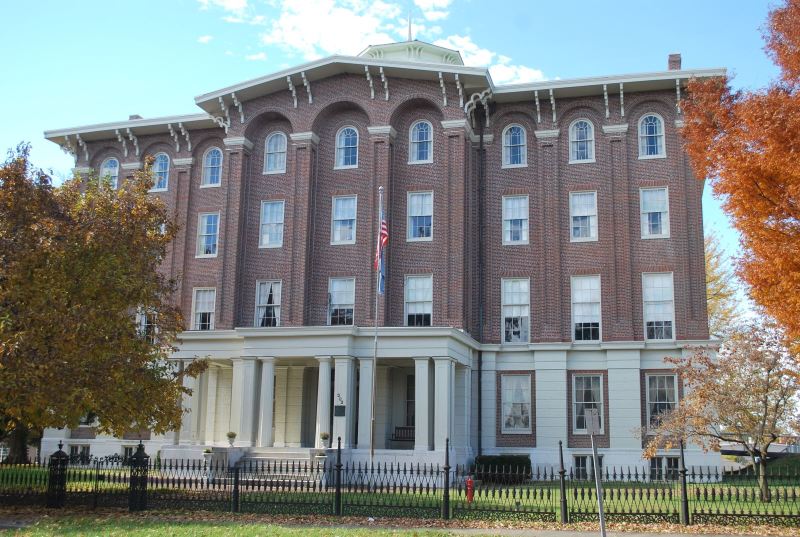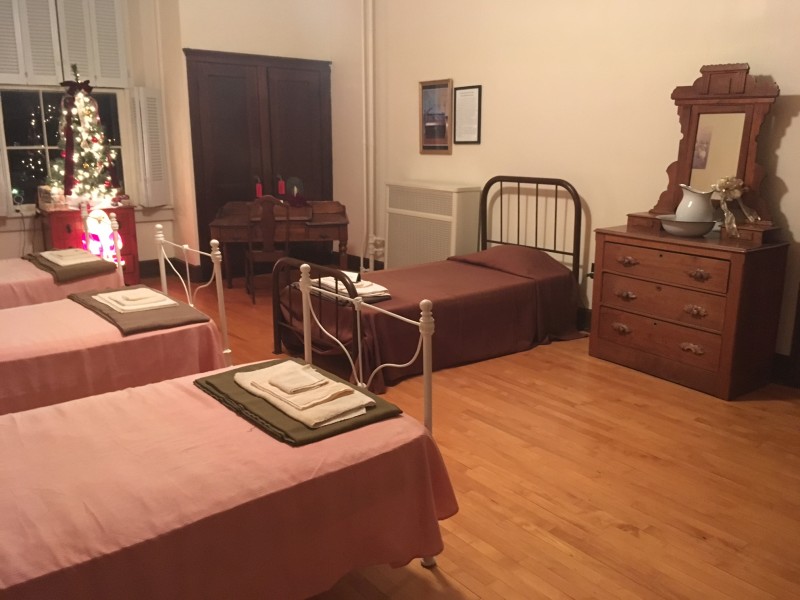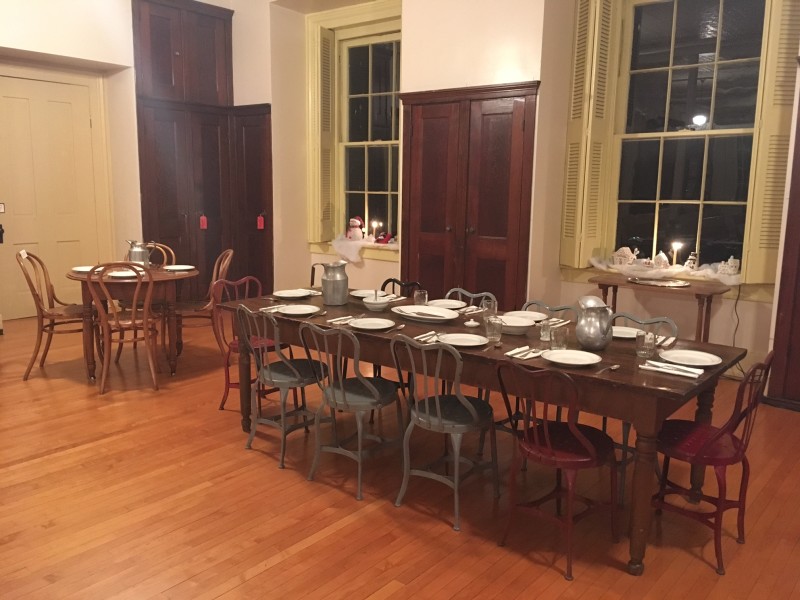Jacobs Hall, Kentucky School for the Deaf
Jacobs Hall, a restored Italianate structure on the campus of Kentucky School for the Deaf (KSD), the first school of its kind in the nation, was completed in 1857 by John McMurtry of Lexington. McMurtry was associated with his son-in-law, Major Thomas Lewinski, who drew the plans. Major Lewinski was the same architect for two other central Kentucky landmarks:The Ashland, Henry Clays estate in Lexington, and The White Hall, the home of Cassius Marcellus Clay in Richmond. In 1966, Jacobs Hall was designated a National Historic landmark by the U.S. Department of Interior.
Jacobs Hall was constructed of hand-made bricks, choice extra-thick lumber and all other items of the best quality so that very little upkeep was necessary. The cost of the building was said to be $39,650.44, and the State of Kentucky acquired it for $17,500 plus the sale of land in Florida which was a land grant to the school by U.S. Congress in 1826. The Italianate Renaissance-style building, which now houses KSD's superintendent's office, residence and a museum, has served as a classroom building, a girls dormitory and residence for teachers and various other staff members in past decades. It was named for John Adamson Jacobs, third superintendent of the school, who worked at Kentucky School for the Deaf for 44 years. The museum is open weekdays. Admission:
Adults: $3.00
Students (age 6-18): $1.00
Under 6: Free


